Name Leopold Mandic | Role Priest | |
 | ||
Feast 12 May (30 July in Roman martyrology) Died July 30, 1942, Padua, Italy Parents Pietro Mandic, Carolina Zarevic People also search for Anthony of Padua, Gregorio Barbarigo, Daniel of Padua, Bellinus of Padua, Prosdocimus | ||
Homily 05 12 2011 fr anthony mary mfva st leopold mandic capuchin priest
St. Leopold Mandić, O.F.M. Cap. (also known as Leopold of Castelnuovo), (12 May 1866 – 30 July 1942), was a Croatian Capuchin friar and Catholic priest, who suffered from disabilities that would plague his speech and stature. He developed tremendous spiritual strength in spite of his disabilities and became extremely popular in his ministry as a confessor, often spending 12–15 hours in the confessional.
Contents
- Homily 05 12 2011 fr anthony mary mfva st leopold mandic capuchin priest
- St Leopold Mandi Croatian priest 12MAY Atmadarshan Tv
- Early life
- Priesthood
- Death
- Veneration
- Jubilee Year
- Quotes
- References
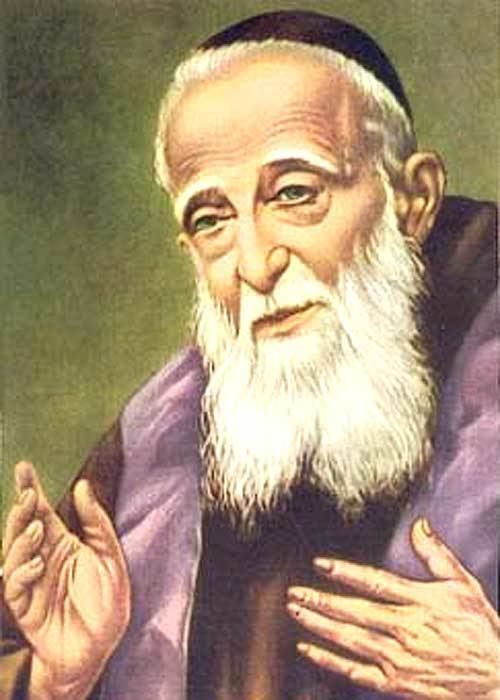
Although Mandić wanted to be a missionary in Eastern Europe, he spent almost all his adult life in Italy, living in Padua from 1906 until his death. He also spent one year in an Italian prison during World War I, since he would not renounce his Croatian nationality. He also dreamed unceasingly about reuniting the Catholic and Orthodox churches and going to the Orient. He became known as an Apostle of Confession and an Apostle of Unity. He made a famous prayer that is the forerunner of today's ecumenism.
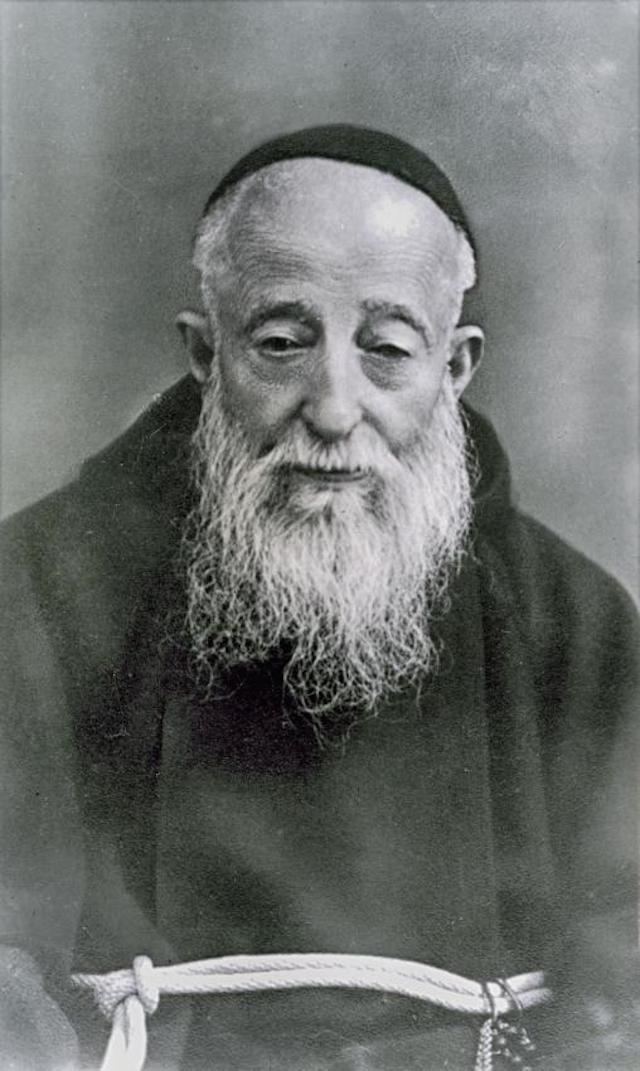
St. Leopold Mandić | Croatian priest | 12MAY | Atmadarshan Tv
Early life
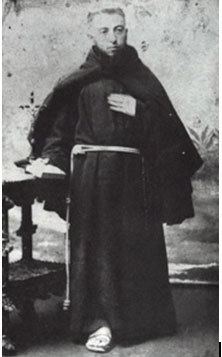
He was born Bogdan Ivan Mandić in the coastal town of Herceg Novi (Italian: Castelnuovo), on the Bay of Kotor, then in Austro-Hungary but today part of Montenegro. He was the twelfth child of Dragica Zarević and Petar Antun Mandić, owner of an Adriatic fishing fleet, natives of Zakučac (in the hinterland of the city of Omiš, 28 km from Split). The family was of noble origin which had originated in the Vrhbosna Province in Bosnia and moved to Croatia in the 15th century. The family eventually lost most of its wealth, and became more sympathetic to those who suffered in similar situations.
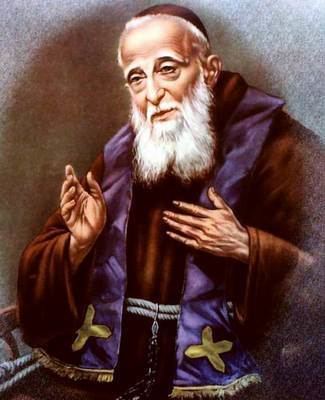
Mandić grew up in the orbit of a community of Capuchin friars based in the Province of Venice who had served in his town for two centuries, dating from when the area was ruled by the Republic of Venice. Physically malformed and delicate, he grew to a height of only 1.35 m (4'5"), with a clumsy walk and afflicted by stuttering. Having felt called to follow that way of life, in November 1882, when he was 16, he went to Udine to enter the minor seminary of the Capuchin Venetian Province. Two years later he was admitted to the friars' novitiate in Bassano del Grappa, where he was clothed in the Capuchin habit and given the religious name of Leopold of Castelnuovo. On 3 May 1885, he made his first profession of religious vows, after which he was sent to pursue his studies for Holy Orders in Capuchin friaries in Padua and Venice. He made his profession of perpetual vows in 1888.
Priesthood
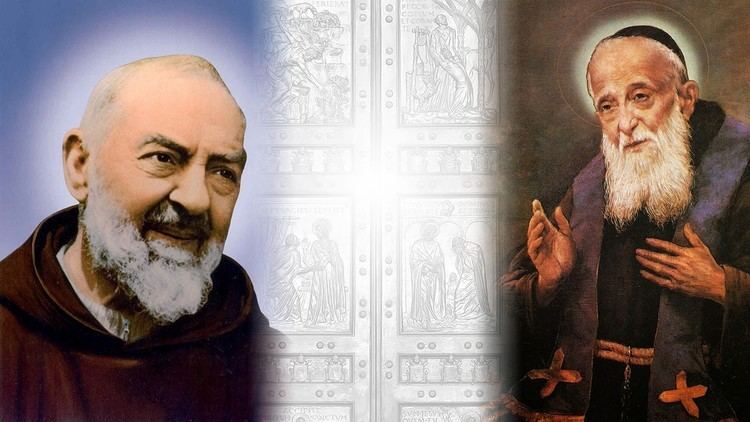
On 20 September 1890, Mandić was ordained to the priesthood at the Basilica of Santa Maria della Salute in Venice at the age of 24 by Cardinal Domenico Agostini, Patriarch of Venice.
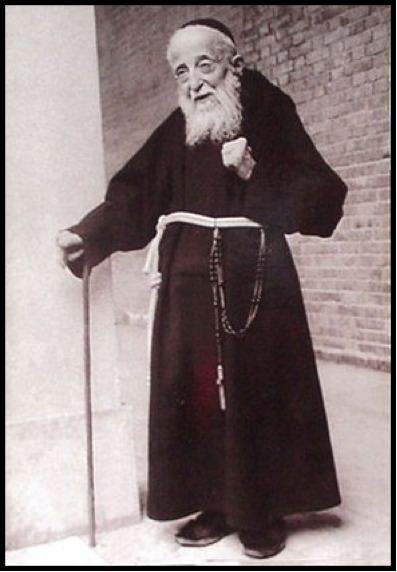
After his ordination, Mandić was sent to posts in various Capuchin friaries in the Venice region and in his native Croatia. Among his various tasks were the teaching of the seminarians who followed him, as well as the household duties of the house, such as porter. Common to all his assignments was that of the duty of a confessor at the church which the friars served. This went on until 1906, when he was assigned to the Friary of Santa Croce in Padua. It was there that he would spend the rest of his life.
Death
Mandić suffered from esophagus cancer, which would ultimately lead to his death at age 76. On 30 July 1942, while preparing for Mass, he collapsed on the floor. He was then brought to his cell, where he was given the last rites. Friars who had gathered at his bed began singing the Salve Regina and saw that Leopold died as they sang "O clement, O loving, O sweet Virgin Mary".
Veneration
As a result of the bombing during World War II, the church and part of the friary where Mandić lived were demolished, but his cell and confessional were left unharmed. He had predicted this before his death, saying, "The church and the friary will be hit by the bombs, but not this little cell. Here God exercised so much mercy for people, it must remain as a monument to God's goodness." Pope Paul VI Beatified Leopold on 2 May 1976. He was Canonized by John Paul II during the General Assembly of the Synod of Bishops on 16 October 1983. Leopold is hailed as the "Apostle of Unity".
Jubilee Year
At the personal request of Pope Francis, Mandić's remains were brought to Rome for veneration during the 2015-2016 Extraordinary Jubilee of Mercy. He and his fellow Capuchin friar, Pio of Pietrelcina, were designated as Saint-confessors to inspire people to become reconciled to the Church and to God, by the confession of their sins. Their bodies were available for veneration, first at the Basilica of Saint Lawrence outside the Walls, administered by the Capuchin friars, then at St. Peter's Basilica.
